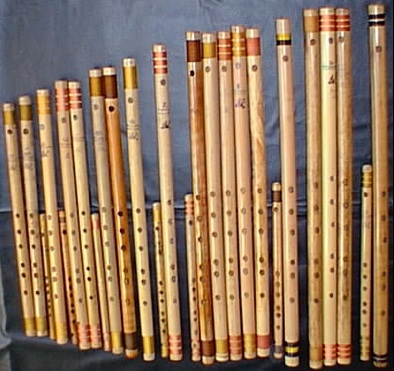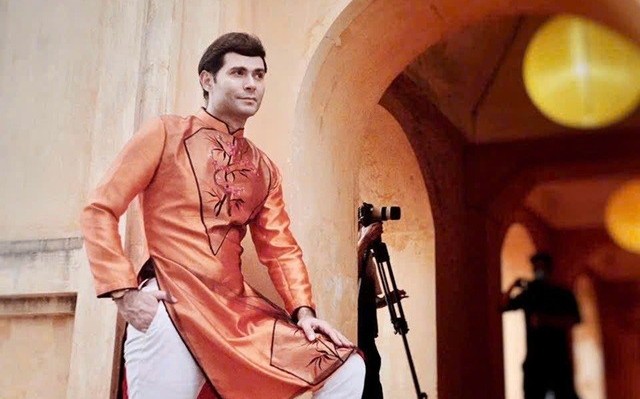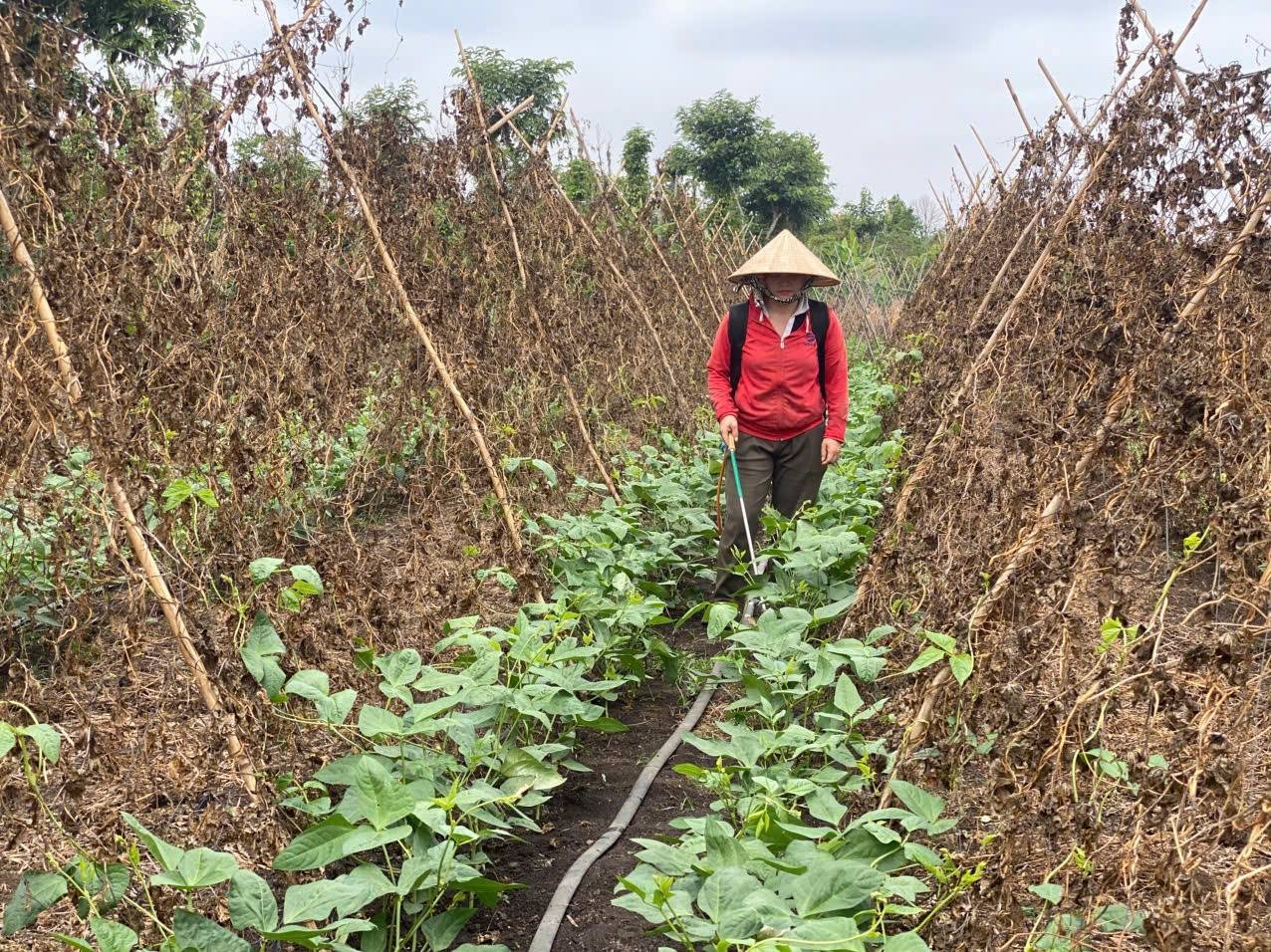Learn the art of the Indian flute in Hanoi
(VNF) - A free workshop on Indian music that held by the Indian Cultural Centre in Hanoi (ICC) and Indian Embassy in Vietnam on last Friday (Feb. 17th) has gave all music-lovers and people interested in the Indian bamboo flute an opportunity to learn about the flute.
Bansuri (Indian bamboo flute)
Many believe that the origin of the flute was in the jungles when pests and insects carved holes into bamboo sticks; when wind blew through these bamboo trees, the result was sweet notes. The ‘Bansuri’, bans (bamboo) plus sur (musical note), is usually a long bamboo pipe with six or seven holes punched into it. While one end of the flute is placed on the lower lip to blow, the fingers manipulate the sound produced by exposing and covering the holes.
Originally used as a folk instrument and to accompany dance (sometimes semi-religious), the Bansuri has only recently in this century been used in classical Indian music where it’s accompanied by Tablas (Indian hand drums) and the Tambor which provides a tonal drone.
Bansuris vary in length. They range from about 7.5 inches up to about 42 inches.
The sound from a bansuri comes from resonance in the air column inside it. The length of this column can be varied by closing or opening the holes. While playing, the sitting posture is also important and care must be taken so that the back is not strained for long hours. Bansuris of different sizes are used to play different octaves. The longer bansuris with larger bore are usually for lower octaves and the slimmer ones for higher octaves.
 |
Bansuris vary in length.
The Hindu deity Krishna is often pictured as a sheepherder who plays the flute and it is often associated with magical or seductive powers. In addition the bansuri enjoys a distinguished place in the history of Indian music and mythology.
In India the flute has been known by many names in addition to bansuri icluding algoza, bansi, kolalu, kolavi, kukhl, murali, nar, pava, pillankuzhal, pillangrovi, pulangoil, vanu, and vamsi.
In the beginning of this century there were at least three different kinds of flutes in use: transverse (side-blown), end blown and fipple flutes (similar to a recorder), which were made of a variety of materials: metal, wood, and bamboo. They were used in a variety of pitches and ranged in size from fifteen to sixty centimeters (6 to 23.6 inches).
A North Indian bamboo flute is 32 inches in length, with seven tone holes. The South Indian flute known in the Tamil language as the pulangoil, or in Sanskrit as the Venu, while also constructed of bamboo, is smaller than the Bansuri, having eight tone holes.
Good for your health
The researchers believe this is due to the increased muscle tone in the upper airways, which wind instrument players are likely to have.
You can also play a wind instrument to improve your lung health. You need to use your lungs’ capacity to the fullest to play any of these instruments. This gives your lungs a regular workout and helps improve their air capacity.
Researchers have found that playing wind instruments such as flute lowers your risk of developing the sleep disorder obstructive sleep apnoea.
The workshop saw the performances by a student in flute class of ICC and Mr. Ravindranath Vempati, flute instructor.
Those interested in learning flute may register online or directly come to the Indian Cultural Centre (63 Tran Hung Dao Str., Hoan Kiem Dist., Hanoi) from 9:00 a.m. to 17:30 p.m. (Monday to Friday)./.
Minh Phuong
Recommended
 Viet's Home
Viet's Home
Art Program Spreads Message of Peace Worldwide
 Expats in Vietnam
Expats in Vietnam
Look Forward to New Developments in Vietnam - US Relations
 Viet's Home
Viet's Home
She Feeds the World: 8,000 Individuals Adopt More Sustainable Agricultural Practices
 Viet's Home
Viet's Home
Over 200 Valuable Documents Displayed at 'Mountains and Rivers Connected One Strip' Exhibition
Popular article
 Viet's Home
Viet's Home
Latin American News Agency Prensa Latina Shares Story of Vietnamese Veteran’s 1,200km Journey Back to Former Battlefield
 Viet's Home
Viet's Home
GNI Contributes to Spreading the Joy of Reading to Students
 Viet's Home
Viet's Home
Japan, Vietnam To Boost Cooperation in Parliament Level
 Viet's Home
Viet's Home



